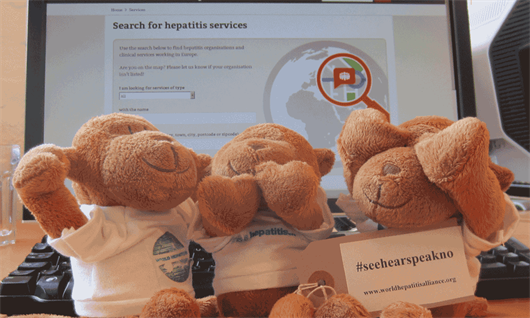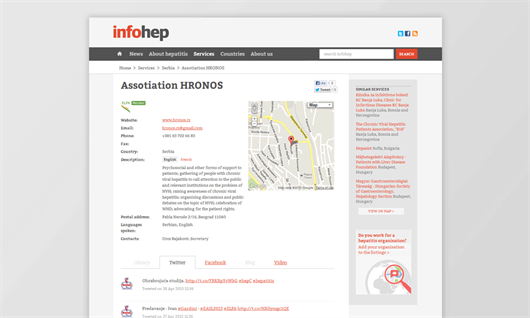Current treatment for hepatitis C is based on pegylated interferon and ribavirin. People with genotype 1 infection also receive a direct-acting antiviral (DAA). Several pharmaceutical companies are working to develop interferon-free combinations of DAAs and new DAAs that can be used with interferon.
Two new drugs manufactured by different companies have already been submitted for licensing approval in the United States and the European Union. One drug is called sofosbuvir. It is a drug of the nucleotide polymerase inhibitor class and is being developed by Gilead Sciences. The other is called simeprevir and is being developed by Janssen. It is an HCV protease inhibitor.
Both agents could be approved in the United States by the end of 2013, and shortly afterwards in the European Union, it was announced in the past month. Reimbursement approval will vary from one country to another.
Janssen is seeking approval for the use of simeprevir in combination with pegylated interferon and ribavirin in people with genotype 1 infection.
Sofosbuvir’s manufacturer is seeking approval for use of the drug in combination with ribavirin in the treatment of people with hepatitis C genotypes 2 and 3. This will be the first interferon-free combination available for the treatment of hepatitis C. For people with genotypes 1, 4, 5 and 6 sofosbuvir will be used with pegylated interferon and ribavirin.
There is particular interest among physicians in learning more about how sofosbuvir and simeprevir could be used together, without interferon, in people with genotype 1 infection. A small study was presented at the Digestive Disease Week conference in late May. This study showed that in previous null responders to pegylated interferon and ribavirin, 12 weeks of treatment with simeprevir and sofosbuvir was safe and produced a sustained virologic response eight weeks after stopping treatment in almost all patients. Final cure rates 24 weeks after stopping treatment have yet to be reported. Further research is underway in patients with advanced fibrosis and cirrhosis.
AbbVie announced last month that its interferon-free drug combination has been granted 'Breakthrough Therapy' status by the US Food and Drug Administration. This means that the drug licensing application will receive rapid review.




Connect with infohep on Facebook: Keep up to date with all the latest news and developments.
Follow infohep on Twitter for links to news stories and updates from infohep.org. Follow us at www.twitter.com/infohep.
Follow all the infohep news by subscribing to our RSS feeds.